Gray's Sedge Information : How To Grow Gray's Sedge Plants
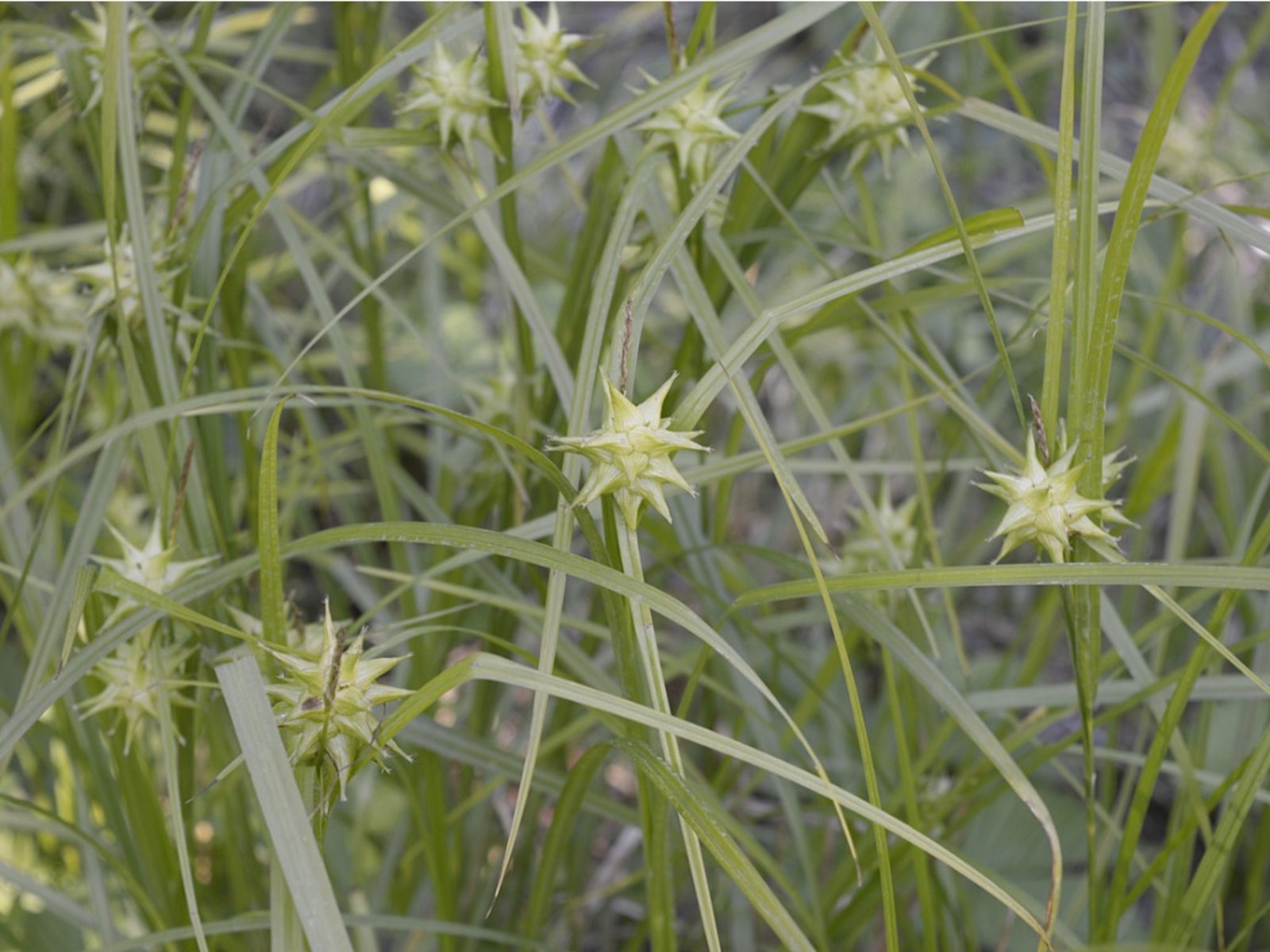

One of the more widespread grass like plants in eastern North America is Gray's sedge. The plant has many colorful names, most of which refer to its mace shaped flower head. Gray's sedge care is minimal and as a landscape plant it is outstanding near a pond or water feature. Read on for some more Gray's sedge information to see if this plant is right for your garden.
Gray's Sedge Information
Grassy type plants provide airy elegance in many garden settings. Gray's sedge (Carex grayi) is a native species that has funny star-like flower heads and arching to erect sword shaped foliage from which its genus name is derived. What is Gray's sedge? This plant grows wild in wet to moist deciduous forests, along streams, swamps and boggy areas. The plant grows wild in more than half of eastern North America. Gray's sedge is named after Asa Gray, a notable American biologist. The plant is a perennial that can get up to 2 ½ feet (.76 meters). Leaves are semi-evergreen and broad, with a prominent midrib. The flowers are inconspicuous, lasting from spring through fall. The fruits add long season interest well into winter. They are spiky clubs that are useful in both fresh and dried arrangements. Most gardeners find growing Gray's sedge around water features a spectacular use of the plant, especially in groups. It can also be used in containers, especially dish water gardens.
How to Grow Gray's Sedge
This plant prefers full sun but can also perform well in partial shade. It requires rich, moist soil in United States Department of Agriculture zones 4 to 9. The more poorly drained the soil, the better the plant likes it, and it can even grow in marginal sites. Occasionally, this sedge plant will self-seed, but propagation is more likely through division in spring. There are few pest or disease issues when growing Gray's sedge. It looks very attractive when mixed with other marginal or water plants, such as cattails or papyrus. Around a pond it can create cover for birds and small animals. The seed heads are a high food source for many aquatic and terrestrial birds.
Gray's Sedge Care
Gray's sedge is a low maintenance plant. The one thing it cannot tolerate, however, is drought and dry soil. Keep the plant well watered if growing in containers. This sedge does not need frequent fertilization in moist, nutrient rich soils. A side dress of compost is sufficient to add supplemental nutrients. If you don't want the plant to self-seed, remove seed heads before they turn tan. For best appearance in cooler regions, cut the foliage back in late fall or early spring. Divide the plant every 3 to 5 years in spring to prevent center die-out and create more of these easy to grow plants.
Gardening tips, videos, info and more delivered right to your inbox!
Sign up for the Gardening Know How newsletter today and receive a free copy of our e-book "How to Grow Delicious Tomatoes".

Bonnie Grant is a professional landscaper with a Certification in Urban Gardening. She has been gardening and writing for 15 years. A former professional chef, she has a passion for edible landscaping.
-
 Looking For Plants To Give You The Soft And Fuzzies? Try These 5 Fuzzy Leaf Plant Options
Looking For Plants To Give You The Soft And Fuzzies? Try These 5 Fuzzy Leaf Plant OptionsLovers of texture, drama, silver foliage and tactile plants will adore these special sensory garden additions. These fuzzy leaf plant options will leave you all aglow
By Susan Albert
-
 Get Ready For A Summer Of Hummers! Grow These Full Sun Hummingbird Plants and Flowers
Get Ready For A Summer Of Hummers! Grow These Full Sun Hummingbird Plants and FlowersIf you’re lucky enough to enjoy a sunny backyard, make sure you are maxing out on your pollinator opportunities and grow these full sun hummingbird plants and flowers
By Tonya Barnett
-
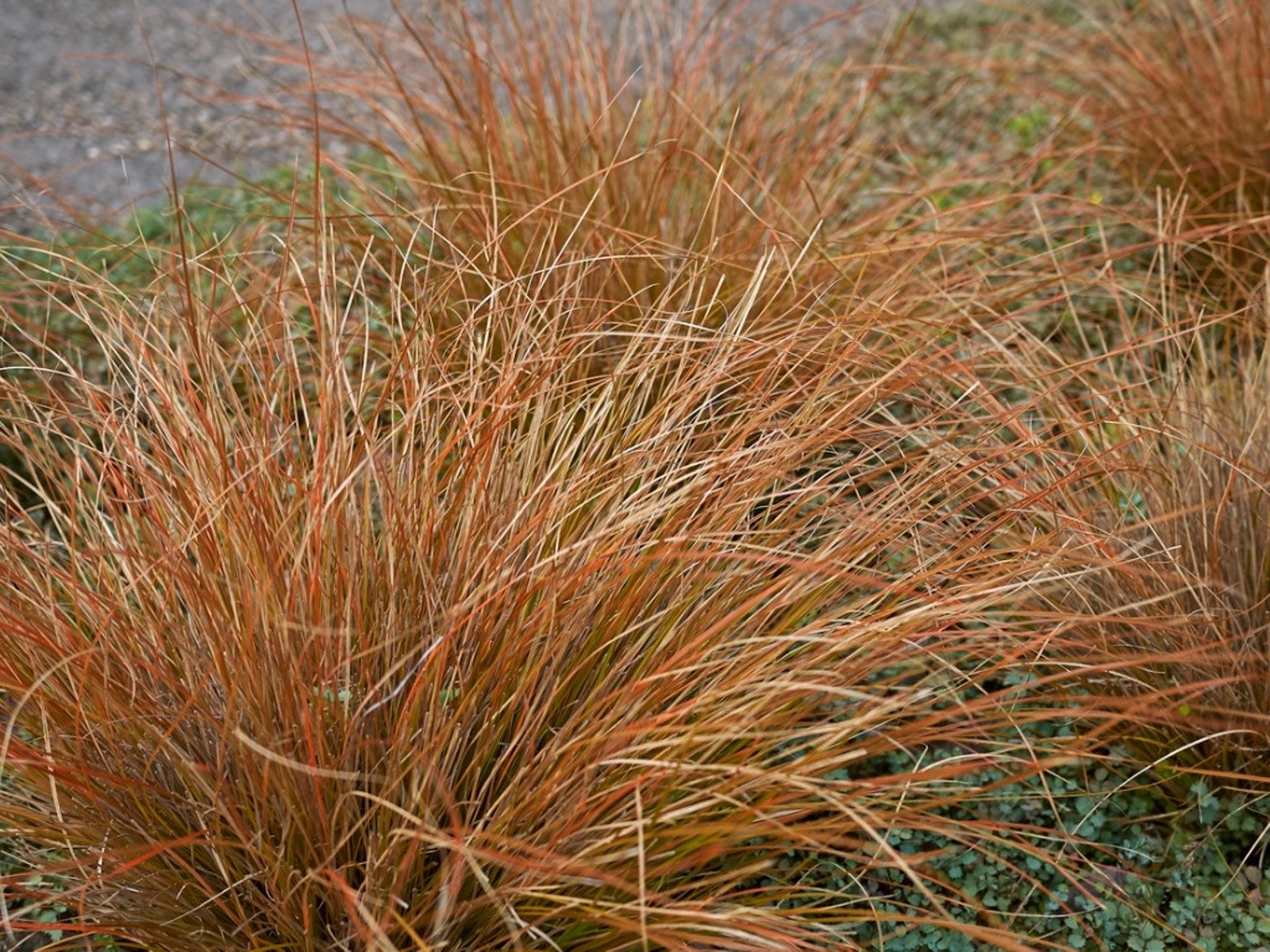 Red Rooster Sedge Grass – Tips On Growing Red Rooster Leatherleaf Sedge
Red Rooster Sedge Grass – Tips On Growing Red Rooster Leatherleaf SedgeSedge grasses are fine choices for adding a range of colors and textures to a garden. Red rooster is a variety that provides a stunning color option.
By Mary Ellen Ellis
-
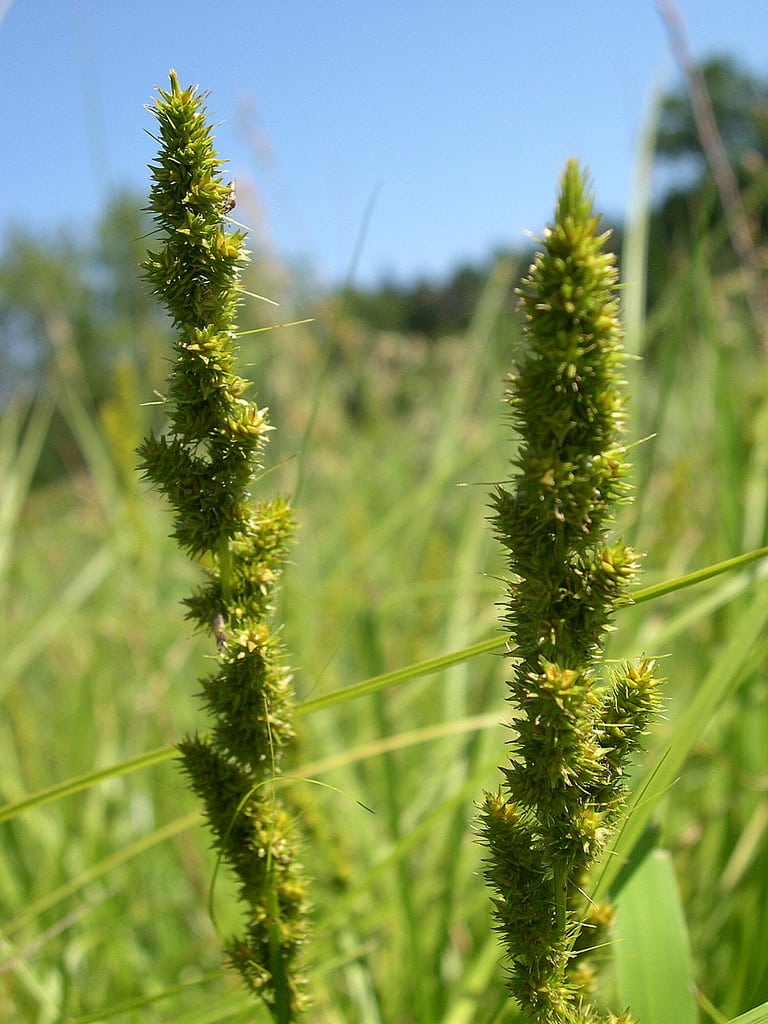 Fox Sedge Information: Should You Be Growing Fox Sedge In Gardens
Fox Sedge Information: Should You Be Growing Fox Sedge In GardensFox sedge plants are grasses that form tall, grassy clumps with flowers and distinctive seedpods that make them ornamental. If you are thinking of planting an easy-maintenance perennial grass, you’ll want to consider growing fox sedge. This article will help.
By Teo Spengler
-
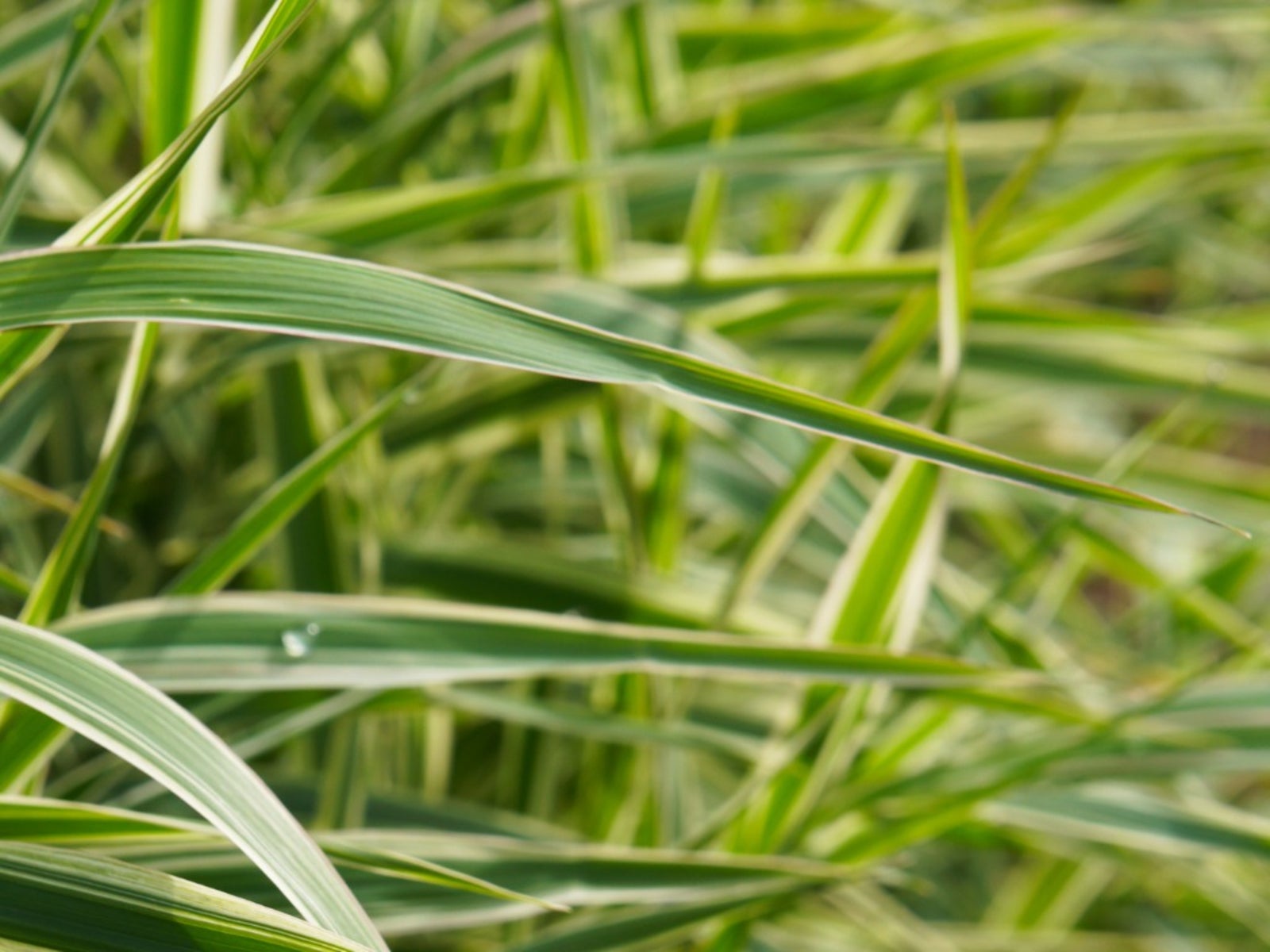 What Is Japanese Sedge : How To Grow Japanese Sedge Plants
What Is Japanese Sedge : How To Grow Japanese Sedge PlantsJapanese sedge plants are low-growing, clumping plants, with a tidy habit and tolerance to both bright and semi-shady locations. For versatile beauty, try growing Japanese sedge as a border, groundcover or accent plant.
By Bonnie L. Grant
-
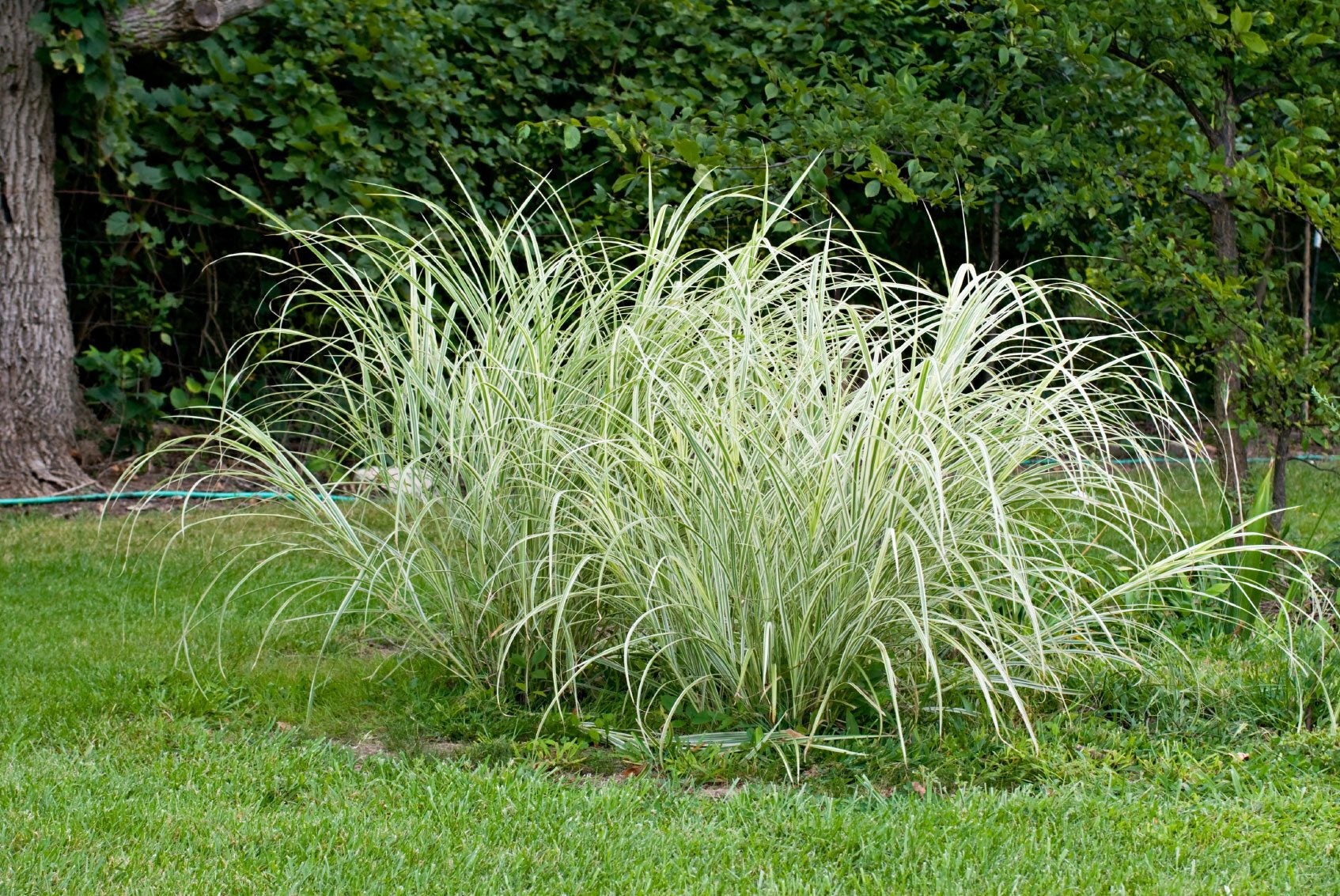 Growing Sedge Plants: Cultivating Different Types Of Sedge
Growing Sedge Plants: Cultivating Different Types Of SedgeSedge plants are drought tolerant, easy to grow and practically maintenance free. They will also bring texture and movement to any area of the landscape. Learn more about the types of sedge and how to grow them in this article.
By Bonnie L. Grant